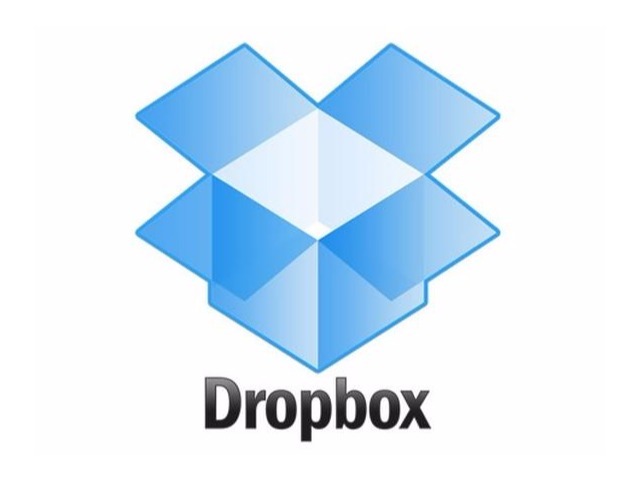

… For the first eight years of its life, you see, Dropbox stored billions and billions of files.atop what is commonly called “the Amazon cloud,”.rather than machines owned and operated by Dropbox. Peer behind that folder, however, and you’ll discover an epic feat of engineering. What's the craic? Cade Metz calls it an Epic Story: If you’re one of 500 million people who use Dropbox, it’s just a folder. The source code with API v1 and v2 is hosted on my GitHub, here.Your humble blogwatcher curated these bloggy bits for your entertainment. TransferData.upload_file(file_from=file_from, file_to=file_to) TransferData = TransferData(access_token)įile_to = '/test_dropbox/test.txt' # The full path to upload the file to, including the file name #files_upload(f, path, mode=WriteMode('add', None), autorename=False, client_modified=None, mute=False) #!/usr/bin/env pythonĭef upload_file(self, file_from=None, file_to=None): The following source code is given along with API v2 (simpler, more consistent, and more comprehensive).

I come up with another way to speed up the transfer rate with the help of Dropbox. The most common way to transfer data between clients and servers is to use FTP applications like FileZilla. Transfer data with Dropbox 2.1 Upload files to EC2 I am figuring out how to download data by using Dropbox API.

100% 903MB 339.0KB/s 45:29Īs you can see, the data rate is so slow and it took 45 minutes to transfer 903M. Tar czf $(date +%Y%m%d-%H%M%S).tar.gz / # filename with the current date and time, e.g., Use scp (secure copy) to download data from EC2. Transfer data with scp 1.1 Upload files to EC2 scp -i wp_sparkandshine.pem Download files from EC2


 0 kommentar(er)
0 kommentar(er)
